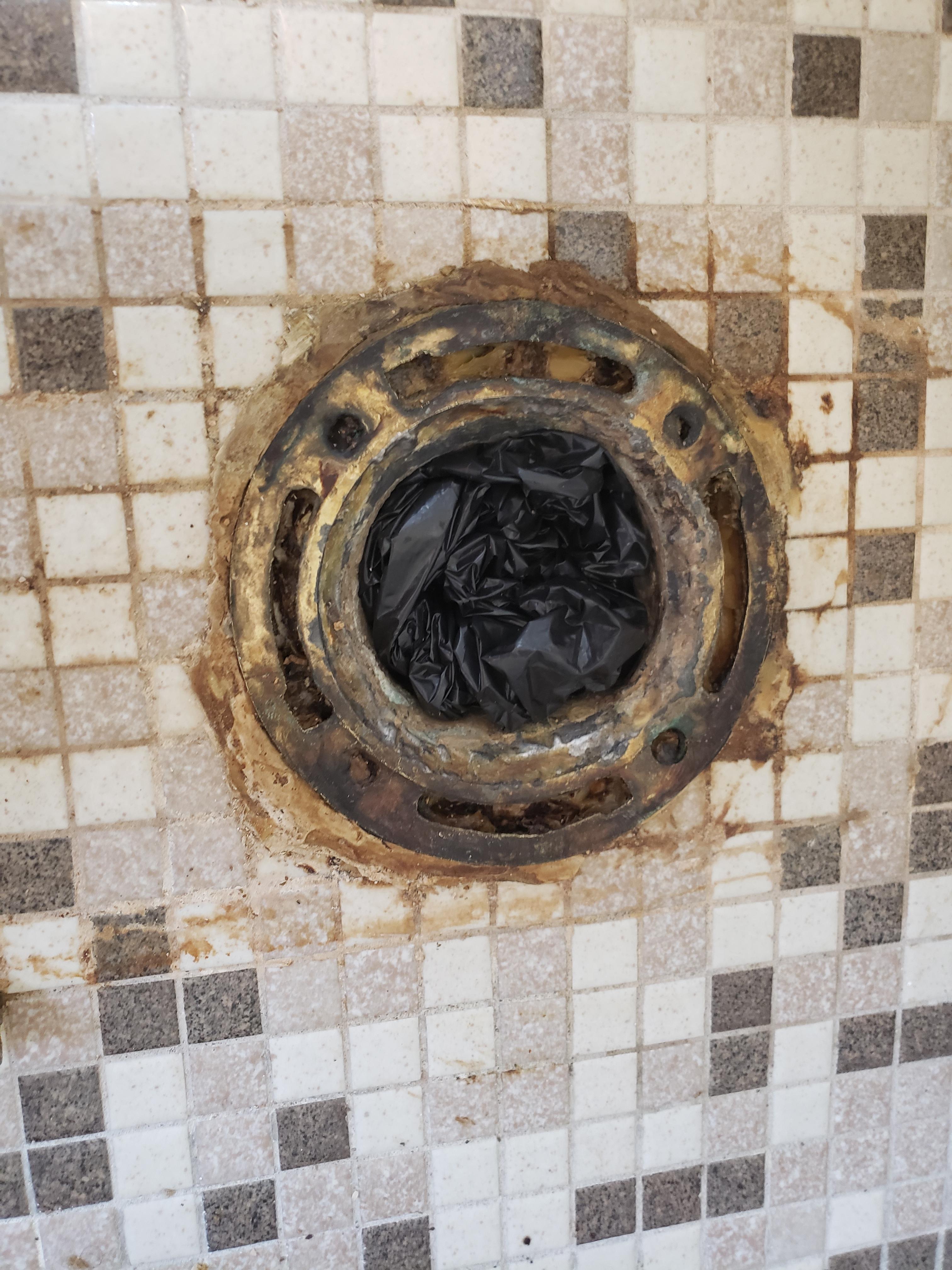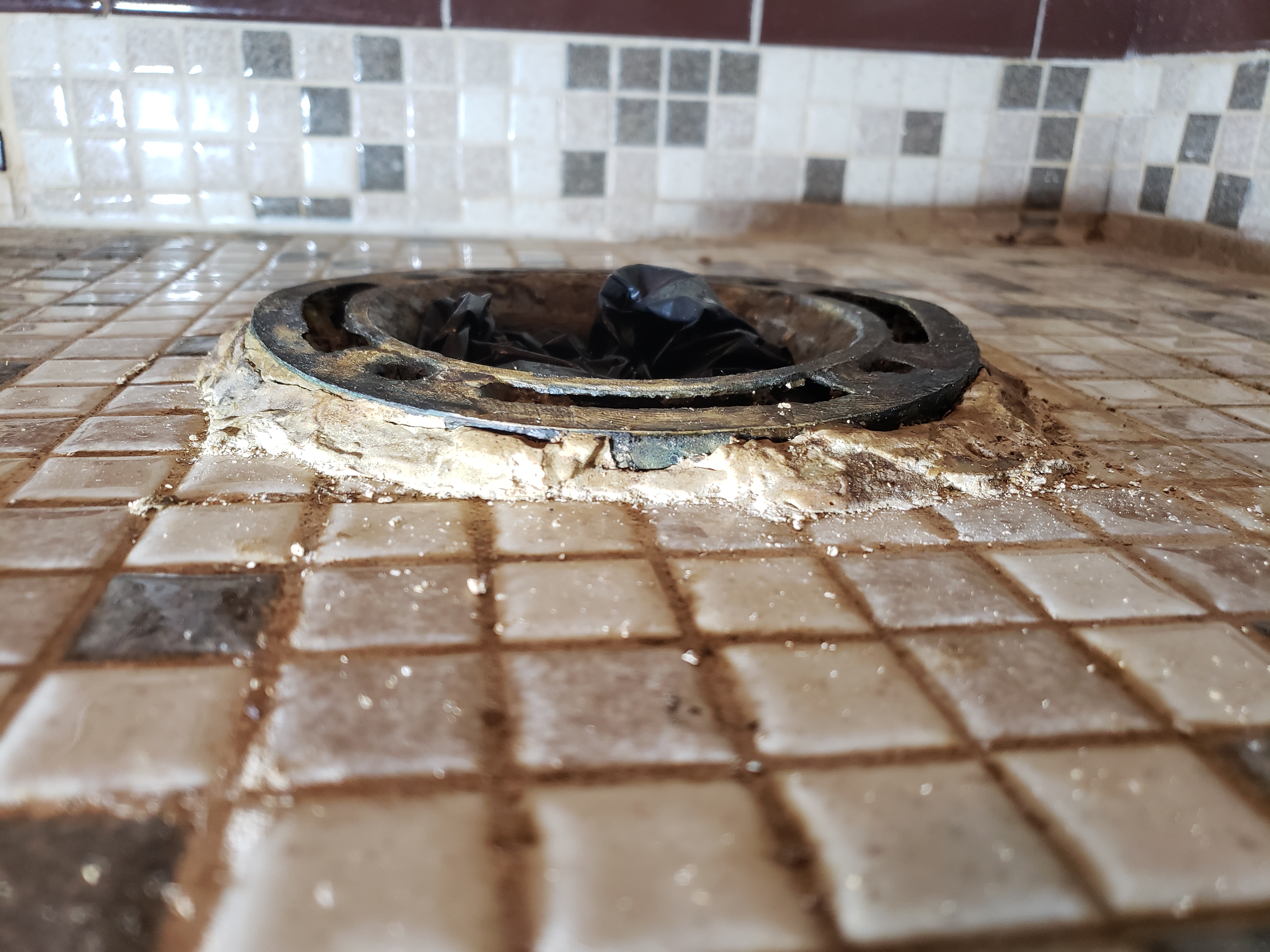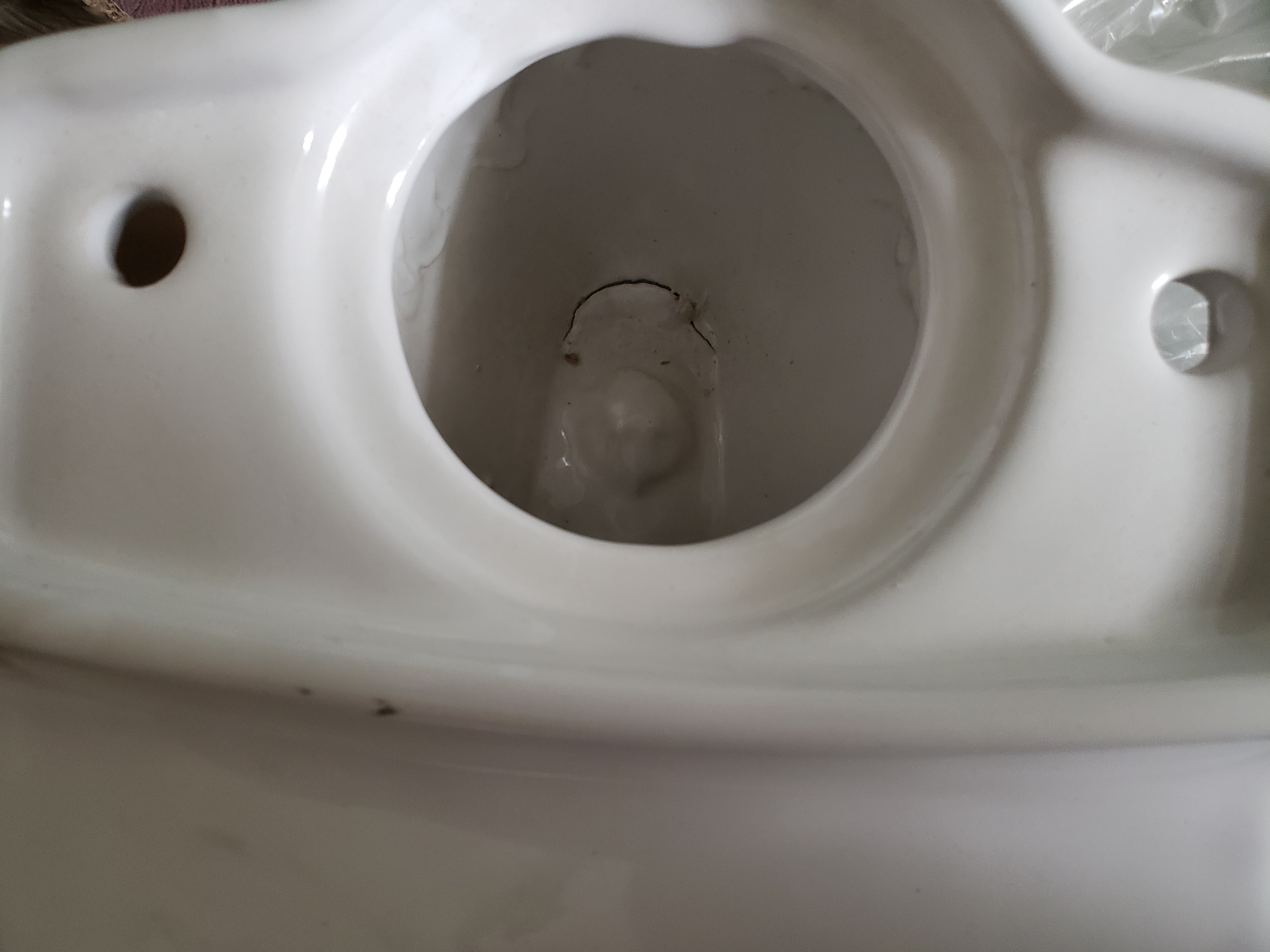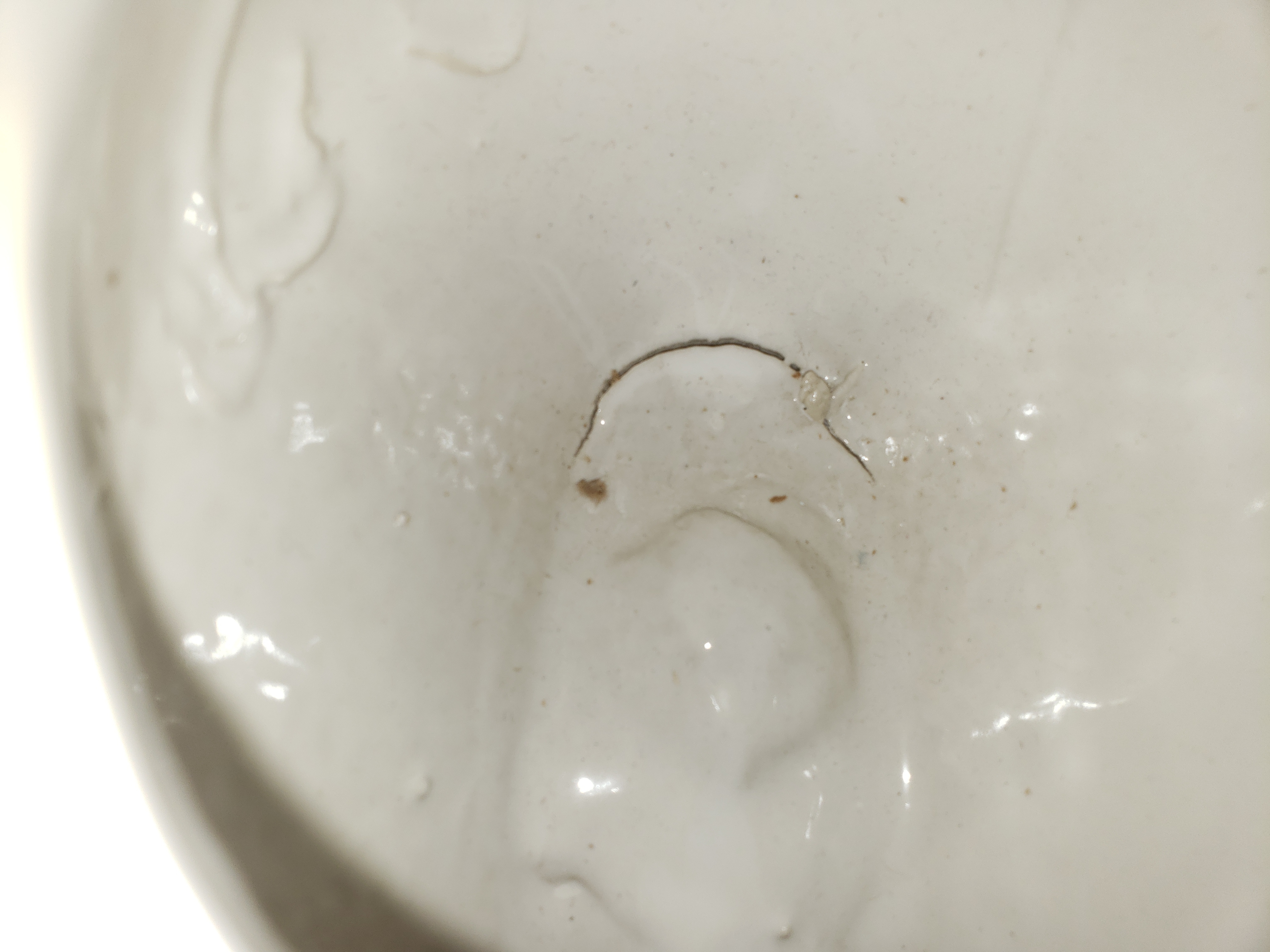The flange that worked fine for my old toilet was too high for my replacement toilet. Using suggestions from comments here and another forum I:
1) before placing the wax ring, I sat the toilet in place and used masking tape to outline it on the floor.
2) then used long, flat shims (not wedge) to raise and level the toilet, then taped the shims to the floor so they would not move. Strips cut from playing cards on top of thin wood strips let me get that sucker dead level.
3) removed the toilet, placed the wax ring, and re-set the toilet onto the shims, using the masking tape as a guide so almost no adjustment was needed.
4) used a grout bag to inject plaster of Paris under the edge between shims (back ungrouted).
5) after grout dried, removed shims and grouted the gaps.
6) sealed the grout with standard caulk.
Why all that effort that would be absurd for a pro? Because I had not set a toilet in something like 25 years and could easily have made a mistake. Adjusting shims with ring in place could have led to failure. A little movement of wedge shims when removing and resetting the toilet could put it out of level. The result looks professional and is dead level.




























































